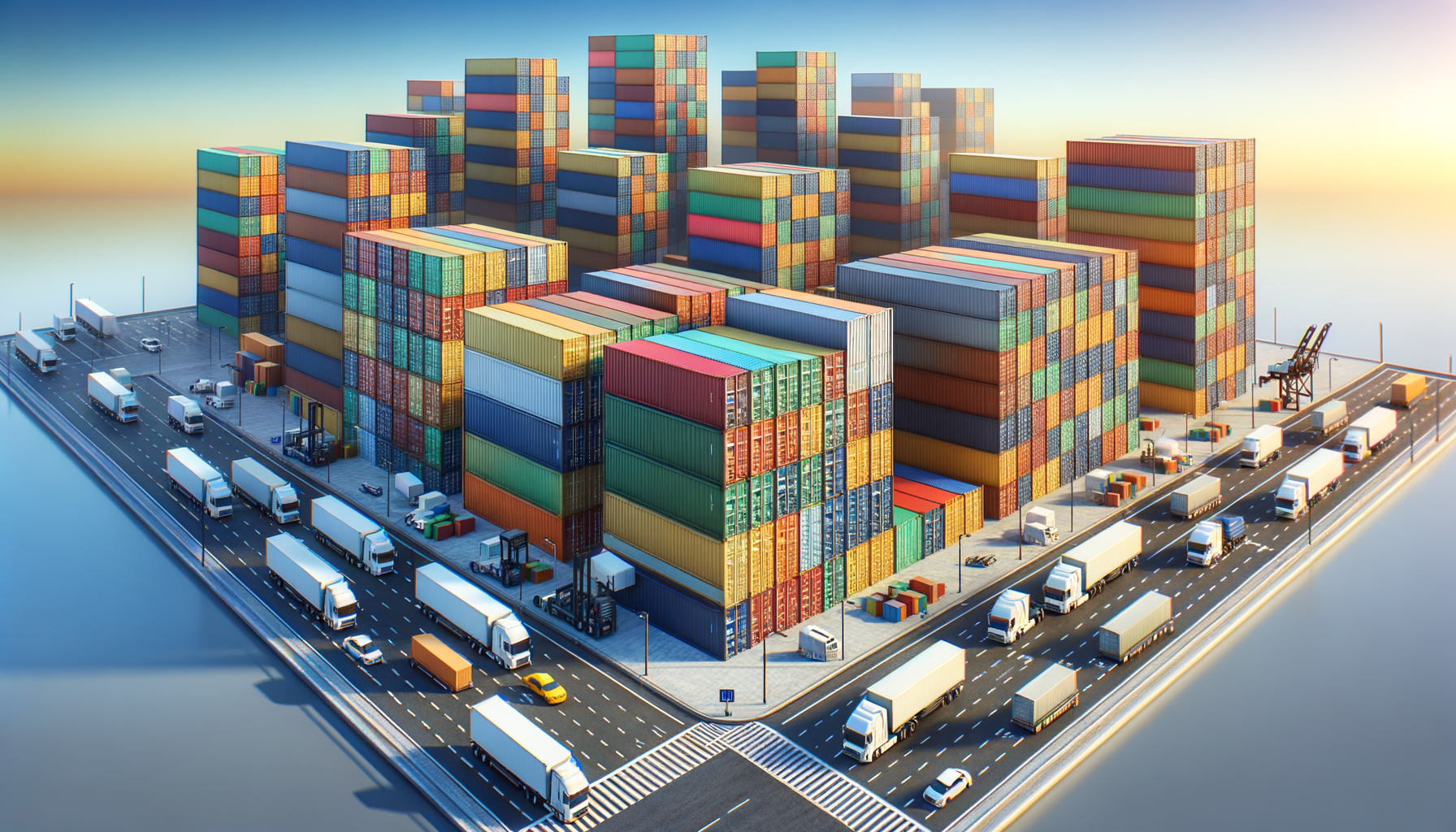Shipping Containers: Versatile Storage and Transport Solutions
Shipping containers offer a durable, weather-resistant solution for storing and transporting goods across various industries.

Introduction to Shipping Containers
Shipping containers have revolutionized the way goods are stored and transported across the globe. Their robust design and versatility make them a staple in various industries, from logistics to construction. Initially designed for the safe and efficient transport of goods across oceans, shipping containers have evolved into multifunctional units that serve numerous purposes. The importance of shipping containers cannot be overstated, as they provide a durable, weather-resistant solution for storing and transporting goods across various industries.
The Evolution and Design of Shipping Containers
The concept of shipping containers dates back to the mid-20th century, when the need for a standardized method of transporting goods became evident. The design of these containers has remained largely unchanged, featuring a steel frame and corrugated walls that provide strength and durability. Over the years, the design has been optimized for easy stacking and transportation, with standardized sizes ensuring compatibility with different modes of transport such as ships, trains, and trucks.
Shipping containers are typically available in two standard sizes: 20-foot and 40-foot units. These dimensions allow for efficient use of space and facilitate the loading and unloading process. The uniformity in design also enables containers to be easily repurposed for various applications, including modular housing and pop-up retail spaces.
Applications and Uses Across Industries
The versatility of shipping containers extends beyond their traditional role in logistics. In recent years, they have found applications in numerous industries, including construction, agriculture, and even art. Their robust construction makes them ideal for use as temporary or permanent structures, such as offices, homes, and storage units.
- Construction: Shipping containers are increasingly used as building blocks for modular construction projects. Their strength and modular nature make them suitable for creating durable and cost-effective structures.
- Agriculture: Containers are used as controlled environment agriculture units, providing a secure and climate-controlled space for growing crops.
- Retail: Pop-up shops and cafes often utilize shipping containers for their mobility and ease of customization.
These applications demonstrate the adaptability of shipping containers, proving them to be more than just a means of transport.
Environmental Impact and Sustainability
Shipping containers contribute to sustainability efforts by reducing waste and promoting the reuse of materials. When containers reach the end of their life cycle in the shipping industry, they can be repurposed for various uses, thereby extending their lifespan and reducing the demand for new materials. This practice aligns with the principles of the circular economy, which emphasizes resource efficiency and waste reduction.
Additionally, the use of shipping containers in construction can significantly reduce the carbon footprint of a building project. By utilizing existing materials, the need for new construction resources is minimized, leading to a lower environmental impact. This aspect of shipping containers makes them an attractive option for environmentally conscious projects.
Challenges and Future Prospects
Despite their many advantages, shipping containers also present certain challenges. One of the primary concerns is the potential for corrosion, especially in harsh environments. Regular maintenance and the use of protective coatings can mitigate this issue, ensuring the longevity of the containers.
Looking ahead, the future of shipping containers appears promising. Innovations in design and materials are likely to enhance their functionality and sustainability. The growing trend of using containers in architecture and design is expected to continue, driven by the demand for affordable and eco-friendly solutions.
Overall, shipping containers represent a valuable asset in the modern world, offering practical solutions for storage, transport, and beyond. Their continued evolution will undoubtedly contribute to a more sustainable and efficient future.